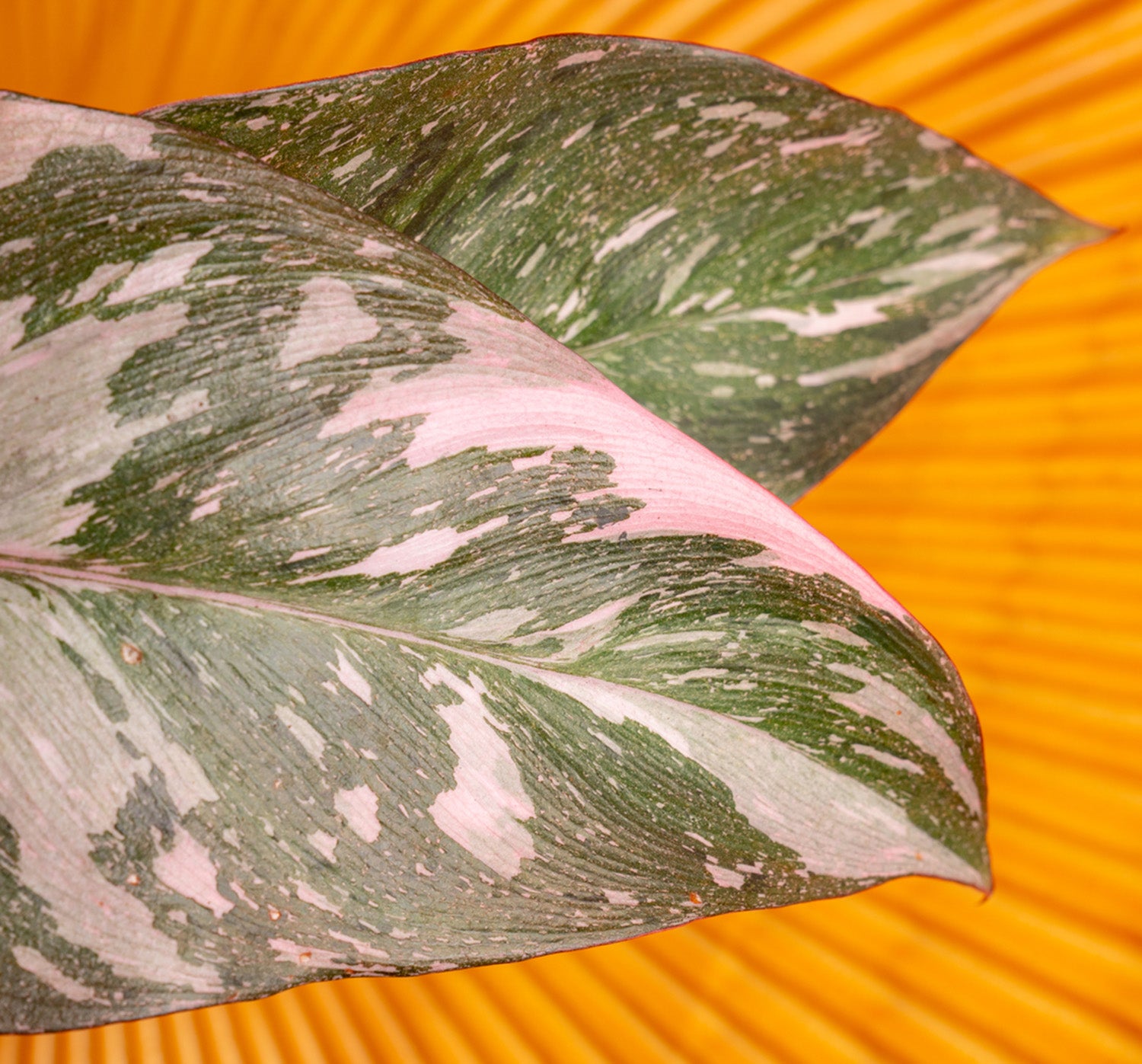How to Boost Variegation in Your Plants
If you’ve fallen in love with the unique look of variegated plants, you’re not alone. While some of it is genetic and out of your control, a few care tips can help those colorful patterns pop and stick around longer. Here’s how to give your variegated beauties a little boost.
1. Give Them the Right Light
Variegated plants need more light than fully green ones. That’s because the lighter parts of the leaves don’t have chlorophyll, so the green areas have to work harder to make food. Bright, indirect light is usually perfect. If your plant is in a low-light spot, it might “revert” and start growing solid green leaves to survive.
2. Prune Reverted Growth
Sometimes variegated plants throw out all-green leaves, that’s called reversion. If you let those green leaves stick around, the plant might decide it prefers going full green and lose its variegation altogether. To prevent that, trim off any fully green growth as soon as you spot it.
3. Stay Consistent with Care
Variegated plants are a little fussier than their green cousins. Make sure they’re getting the right amount of water, aren’t sitting in soggy soil, and aren’t exposed to sudden changes in temperature or humidity. Stress can cause them to lose their variegation or grow weak, dull leaves.
4. Choose the Right Fertilizer
A balanced, gentle fertilizer can help keep your plant healthy without pushing it to grow too fast. Rapid growth might lead to more green leaves that lack variegation. Go for something mild and use it sparingly—healthy, steady growth is the goal.
Remember, not all plants can be “forced” to be more variegated. Some types just are what they are. But with the right care, lighting, and a little attention, you can help your plant show off its best colors for as long as possible.
